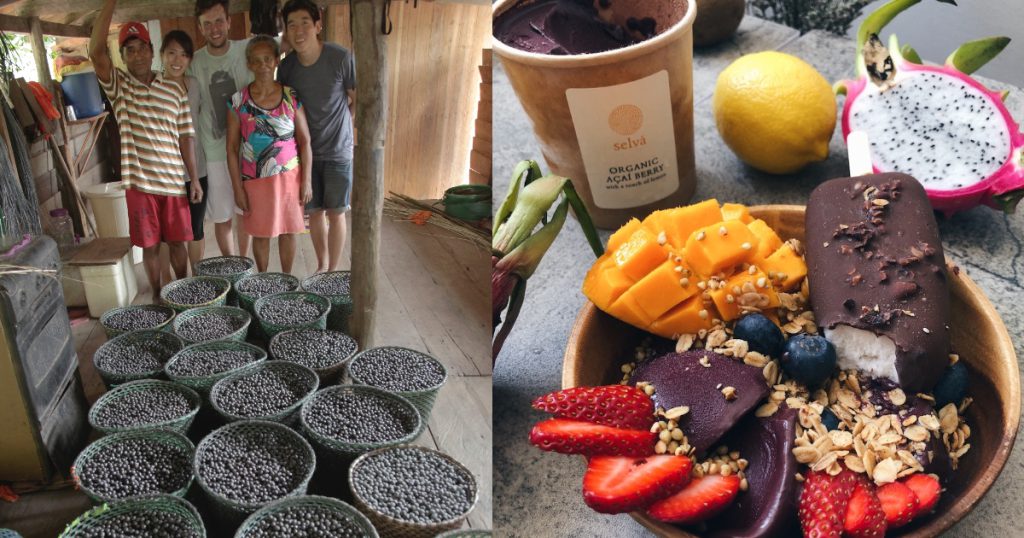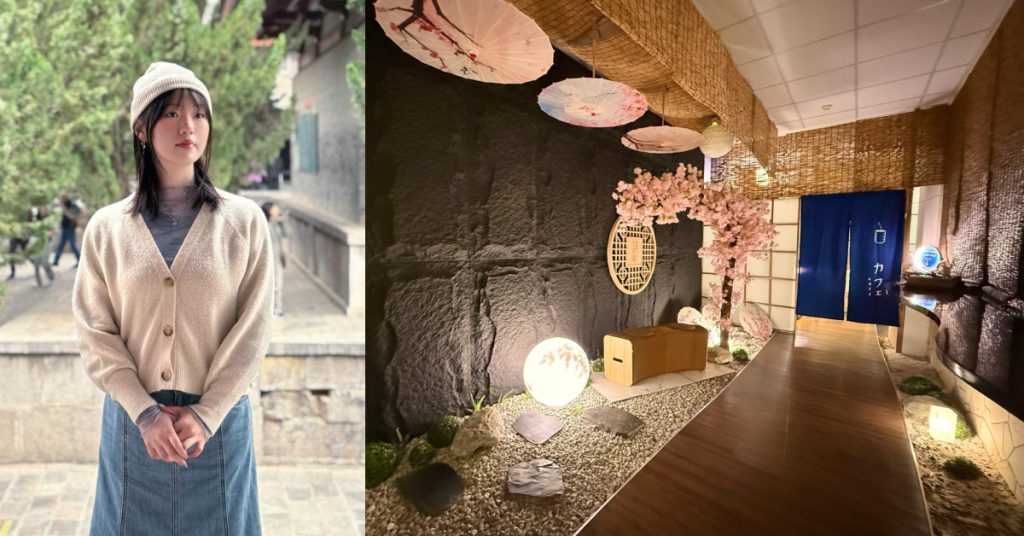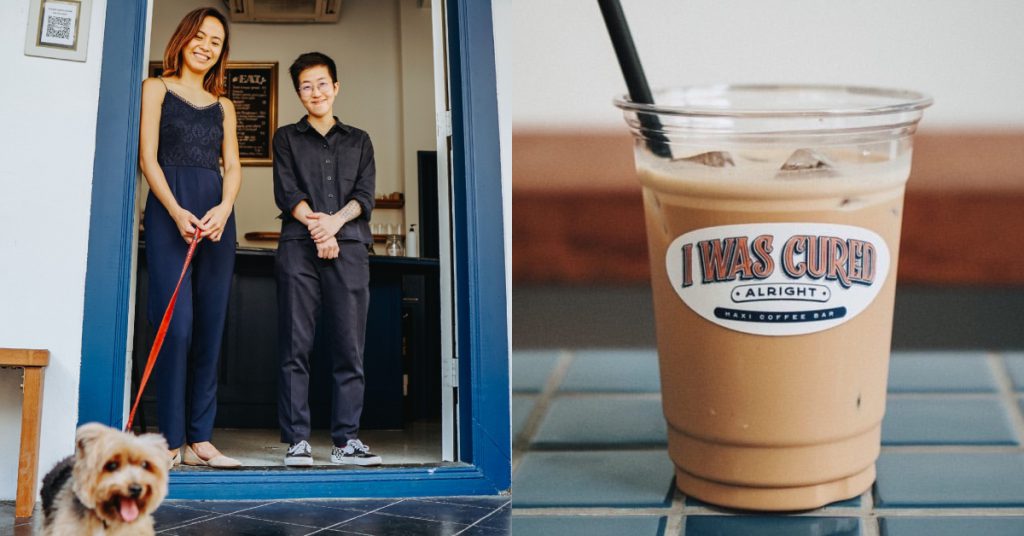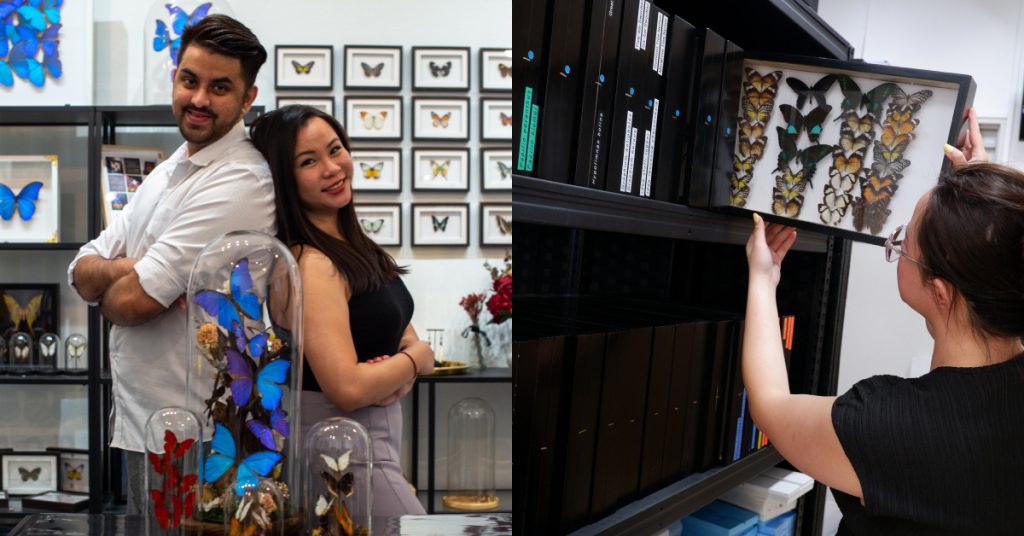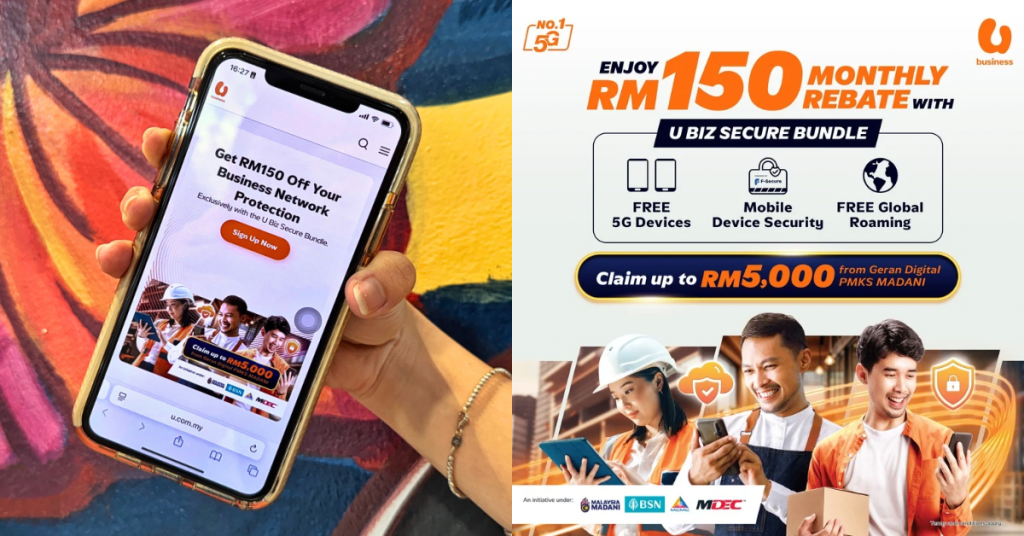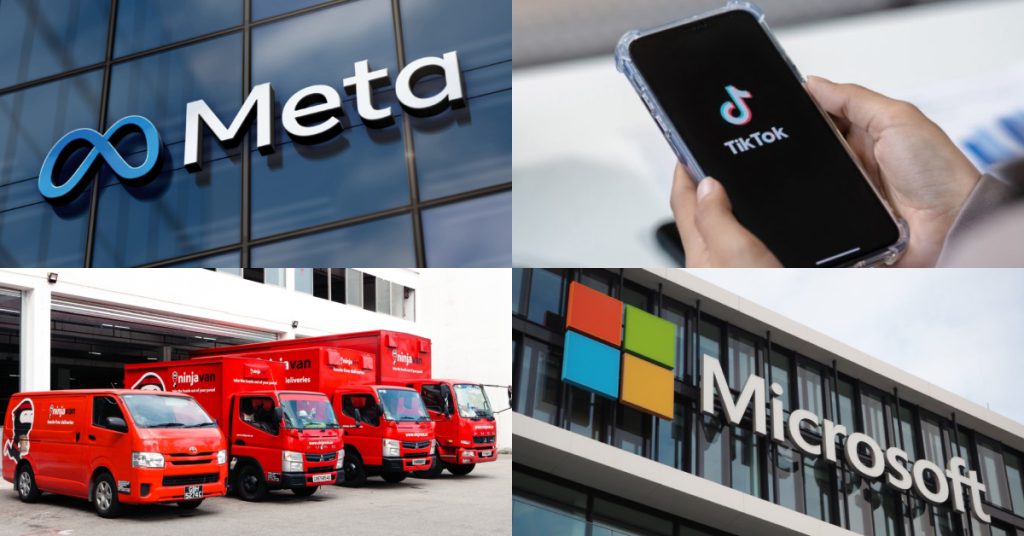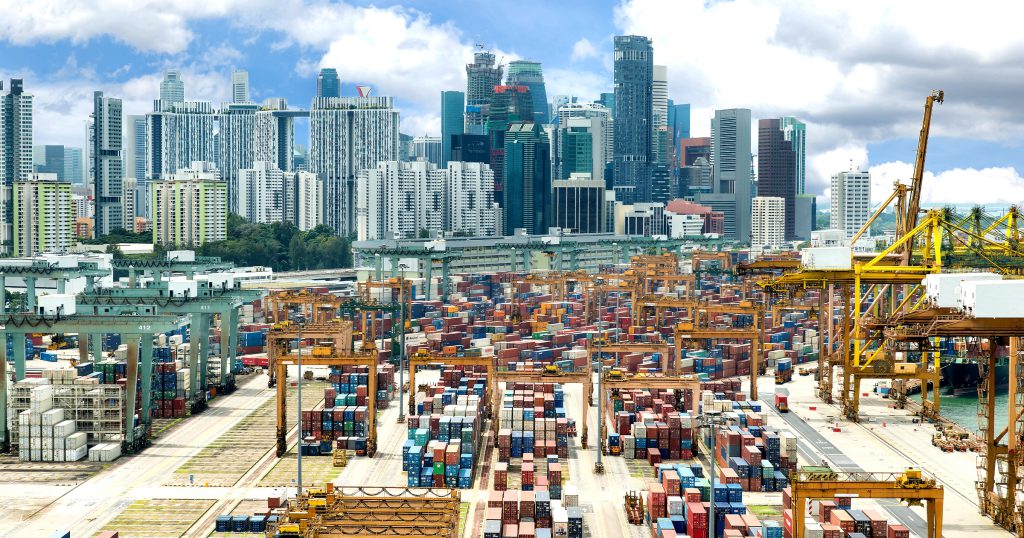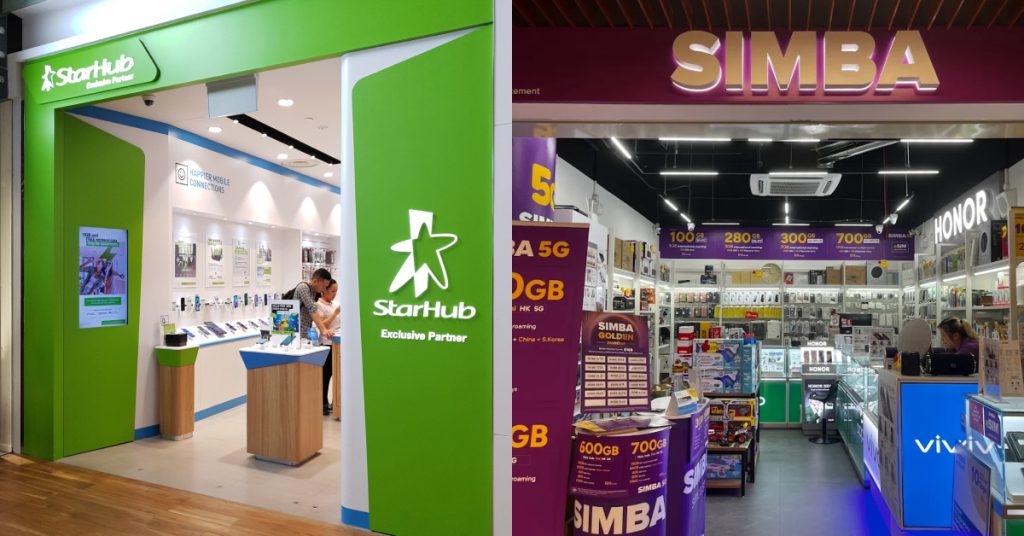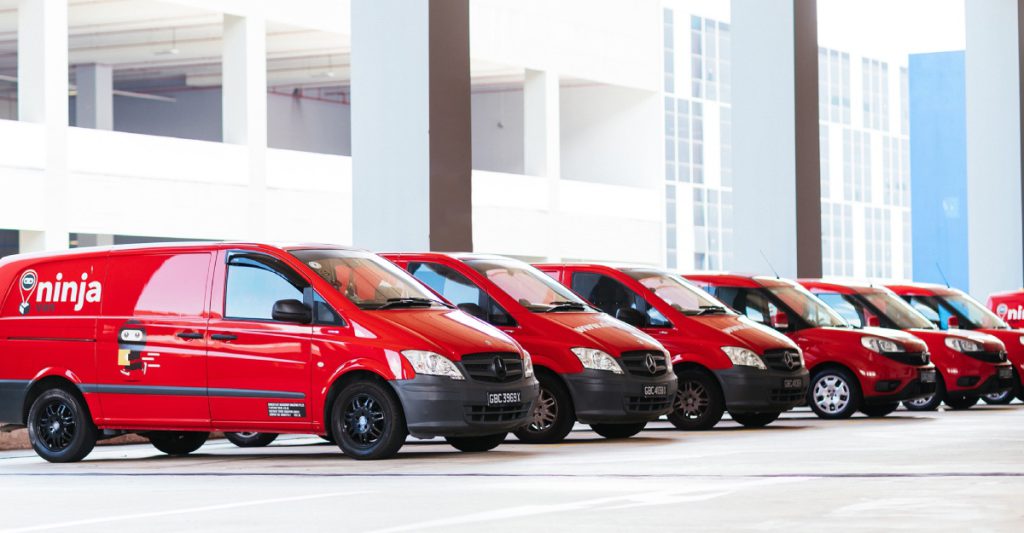Açaí has taken healthy snacking to a whole new level. Its berries are packed with antioxidants, fibre, heart-healthy fats and calcium that not only aid in having a healthy, balanced diet, but look amazing in your smoothie bowls for the perfect Instagram post.
Most of the time, people in Singapore can find açaí in stores and cafes, or buy frozen açaí berries from supermarkets. But have you ever questioned where it comes from, and how are we impacting the environment when we consume it?
Selva Foods brings açaí directly from a single origin in the Amazon. “One of our main difference[s] is the flavour — a lot of our customers share that they can tell when a place serves Selva açaí,” says Cinthya Sayuri, the co-founder of Selva Foods.
Cinthya, who is of Japanese heritage and from Brazil, met her Singaporean partner Shaun Lim in Shanghai back in 2012, when they were both studying Chinese.
“We met, fell in love, I went back to Sao Paulo and he joined me there one year after. While experiencing life there, we thought why not bring açaí to Singapore? [Afterall], being a local, [it] makes it easier to go around the Amazon and source for the berries.”
That was what led to the founding of Selva Foods in 2015, which aims to bring açaí directly from the Amazon while respecting and honouring the communities there, living up to their brand name “Selva”, which means jungle in Portugese.
Taking a leap of faith
When Cinthya interned at an alcohol beverages corporation, she would often look out the window and watch the world go by.
“I had this feeling that I didn’t want to spend so much of my time and life inside an office working for a corporation, [and] if I invested as much time and effort into something of my own, it could be much more meaningful. It was a very idealistic thought at the time, but I saved some money, left the job, went to Shanghai, got a job there, met Shaun and the rest is history!” she shares.
Having lived in Brazil, she highlights that the people there have had access to açaí for decades, making açaí push carts, açaí kiosks, açaí in bakeries, restaurants and the likes, a common sight.
When Shaun moved to live with Cinthya in Brazil, he realised they could tap on Singapore as a test market for ideas and flavours since the açaí scene in Singapore wasn’t as developed back in 2014.

This prompted them to bring over local açaí produce from Brazil, with the aim of offering more food options that were not only healthy, but tasty.
“The whole idea of bringing it to Singapore was because we wanted to share something good with our friends and family,” says Cinthya, adding that setting up Selva Foods in Singapore could aid in their expansion into the rest of Southeast Asia.
However, despite Singapore’s thriving business landscape, Cinthya notes that they weren’t spared from challenges. Despite putting in an initial investment of US$45,000 (S$61,900), she shares that it took them a couple of years to break even.
I think the main [challenge] at the beginning was pushing a product no one knew about. We spent the first two years of the business doing a lot of sampling in farmers markets, yoga studios, music festivals, anything outdoors, to let people try and get a feeling of what açaí was and how it could be consumed.
– Cinthya Sayuri, co-founder of Selva Foods
She recalls the time when they used to produce the açaí overnight before packing and deliver them directly to consumers’ houses the next day. There were many sleepless nights, but the growing number of repeat orders and positive feedback kept them going.

Their first milestone was when they successfully developed their product, Açaí Ready To Serve, which allowed consumers to have açaí in a more convenient and ready-to-eat way. It was tailored to the local palate, and had a sorbet-like consistency.
However, Cinthya shares that creating and introducing a new product into the market has been an uphill task. Although there were a few experts they could turn to, they mainly relied on themselves to come up with new ways to innovate and improve their products.
Revitalising the Amazon with açaí
With the demand for açaí increasing the past few years, the açaí industry can potentially save forests — which are suffering due to land-clearing activities like cattle ranching or logging — by working directly with the local communities in the Amazon instead.
Cinthya highlights that even today, people who visit the Amazon can encounter illegal logging and forest burning to clear way for grazing.
This is why even though açaí can come from a farm, Selva Foods decided to harvest it directly from the Amazon forest in order to keep the forest alive.
By working with the local communities there, Selva Foods helps in increasing biodiversity while also being in tune with the lifestyle of the river communities that have been harvesting the açaí there for generations.

The local communities they work with are the Amazonian communities living by the river streams who harvest the açaí during the season.
“It’s knowledge and work passed from generation to generation”, says Cinthya. “The women usually work selecting the berries and blending the açaí for consumption. It’s quite interesting to see their simple houses with a chest freezer inside to store açaí.”
However, things took a downturn when the pandemic hit. “We couldn’t get açaí from the region for [a while] because the staff couldn’t go to the factory”, Cinthya shares, adding that they were also affected by the lack of shipments from Brazil to Singapore, which skyrocketed the cost of their logistics.
According to Cinthya, the Amazon region was one of the first ones to be affected with COVID-19 in Brazil. Due to the lack of infrastructure in more remote areas, the people suffered greatly.
“It was a really dark period in the Amazon for almost a year. COVID aggravated the economic social situation of those living there and exposed the lack of resources and government planning”.
To help the people of the Amazon, the duo held fundraisers in collaboration with local non-governmental organisations to buy food and medical supplies.
Championing sustainability
Thankfully, the market has started to stabilise and operations are almost back to normal. For açaí lovers, this means more varieties of açaí in the market.
At Selva Foods, other than açaí bowls and sorbets, there are also sustainably made “Selva Pops” which are made with ugly fruits — fruits that would have otherwise been discarded because of their blemished skin or simply due to an oversupply.
“[W]e mix açaí with ugly fruits, dip them in dark chocolate and cacao nibs or fruit peel, and pack them in biodegradable wraps made out of corn. Even the stickers we use are biodegradable”, Cinthya shares.

Over the years, Selva Foods has become a successful business fully set up around açaí, which Cinthya deems as a very affirming and endearing feat, considering how such a local Brazilian Amazonian food that she holds close to her heart is now spread in Singapore, especially when açaí wasn’t even part of the market five to seven years ago.
“Selva is our first venture and it’s been a crazy ride to create a business and a life together,” Cinthya notes.
Besides continuing bringing açaí from the Amazon to Singapore and supplying to dedicated açaí cafes here, Cinthya highlights that they plan to keep sharing the finest açaí with others, with hopes of bringing fulfilment to people by giving them healthier food choices that nourish both their bodies, and mother Earth.
“The goal is to bring açaí to the rest of Southeast Asia,” she concludes.
Featured image credit: Selva Foods
Also read: Revolut launches crypto trading in S’pore, exec shares more on its local crypto strategy


